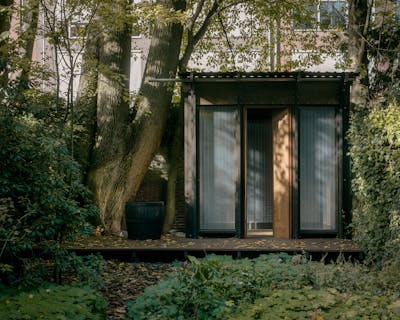A case study of Bergen Light Rail’s impact on three neighborhoods

Can “Bybanen” save the Bergenser?
Once the number one city in Norway, with its sprawling trade and rich history, Bergen is taking ambitious steps to secure safe, green mobility and step out of Oslo’s shadow. The Bergen Light Rail is a sprawling piece of modern infrastructure only cities on the continent can compete with. With “Bybanen”, Bergen has electrified and democratized the way people move and tied together the city and surrounding suburbs, something that’s unleashed the potential for urban densification.
So how does The Bergen Light Rail impact neighborhoods?
This is what Rikke, Haakon and Sigrid, three students withing sociology and architecture, has explored this summer. While the rest of us were holidaying, the students spent hours reading documents, asking people their opinions, and wandering up and down the neighborhoods of Bergen. Together with Sweco, TAG and a team of experts like Marianne Skjulhaug, Marius Grønningen, Thomas Cook, Aksel Tjora, Morten Hammersborg as well as Bybanen Utbygging and BYM Bergen, the students have explored how infrastructure impacts more than mobility, and how the Bergen Light Rail is transforming its surroundings and altering the identities of established neighborhoods.
Sign up for “Mobilitetsdagen” on the 21st of October to learn how Bybanen has changed the little area of Råstølen, a place that was a pasture for grazing just 20 years ago, Nesstun, an established suburb of Bergen, and Paradis, a heaven of fruit gardens and white villas.


